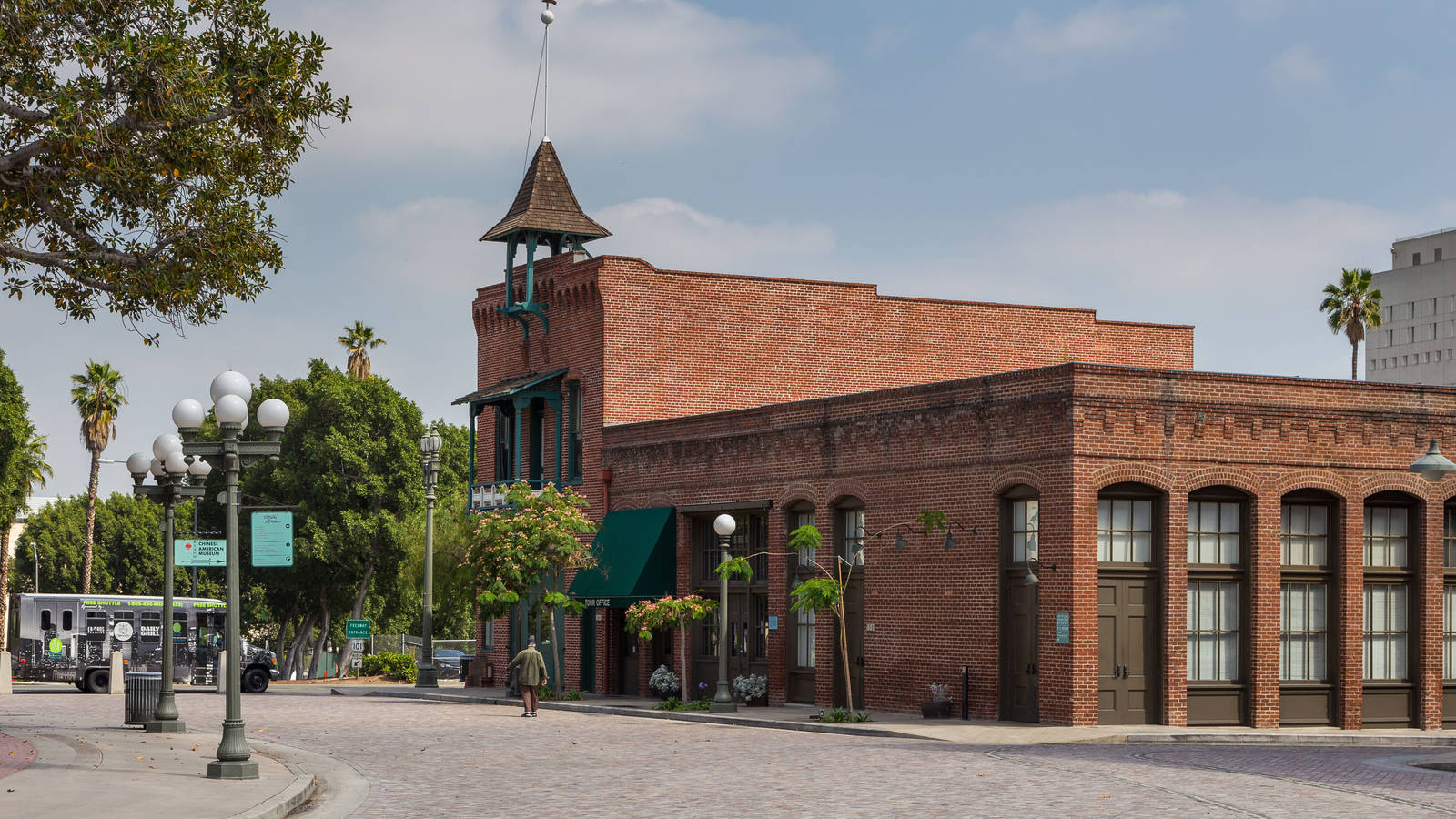
An illustration from the November 20, 1880, issue of Frank Leslie’s Illustrated Newspaper depicts an anti-Chinese riot in Denver, Colorado. Violence against Chinese immigrants was widespread in the American West. Courtesy of the Chinese American Museum/Dylan and Phoenix Wong
–
SOURCE: National Geographic
Kevin Waite is Assistant Professor of US history at Durham University and Co-director of the NEH-funded project “The Long Road to Freedom: Biddy Mason and the Making of Black Los Angeles.”
This year marks the 150th anniversary of one of the largest mass lynchings in American history. The carnage erupted in Los Angeles on October 24, 1871, when a frenzied mob of 500 people stormed into the city’s Chinese quarter. Some victims were shot and stabbed; others were hanged from makeshift gallows. By the end of the night, 19 mangled bodies lay in the streets of Los Angeles.
Lynching is a term most often associated with violence against African Americans in the post-Civil War South. But racial hatred has never been quarantined to one American region or confined to a single ethnic group. In Los Angeles in 1871, the victims were Chinese immigrants. Their deaths were part of a wave of anti-Asian violence that swept across the 19th-century American West—and reverberates to this day.
Chinese immigrants became the targets of abuse almost as soon as they set foot on American soil, beginning in 1850 with the California Gold Rush. White prospectors routinely drove Chinese miners from their claims, while state lawmakers slapped them with an onerous foreign miners’ tax. Along with Black Americans and Native Americans, they were barred from testifying against whites in California’s courts. As a result, assaults on Chinese people in California generally went unpunished.
A perceived labor threat lay at the root of this Sinophobia. By 1870, Chinese immigrants accounted for roughly 10 percent of California’s population and a full quarter of the workforce in the state. Wherever Chinese immigrants congregated in large numbers, white workers saw a risk to their livelihoods. The threat posed by Chinese immigration never represented the existential threat to white employment that some agitators claimed. Nevertheless, they mobilized against employers, including railroad corporations and wealthy ranchers, who had Chinese immigrants on their payrolls.
The campaigns against Chinese immigrants were well organized. In the immediate post-Civil War years, so-called anti-coolie clubs arose. The Central Pacific Anti-Coolie Association, among others, advocated for a ban on Chinese immigration and even defended white vigilantes. In 1867, a mob of white laborers drove Chinese laborers from their San Francisco worksite, injuring 12 and killing one. The Anti-Coolie Association rallied to the mob’s defense and won the release of all 10 perpetrators. This would become a recurring theme: injury and death for Chinese immigrants, exoneration for their assailants.
Read entire article at National Geographic
–
 The Chinese American Museum at El Pueblo de Los Angeles. In 1871, 19 Chinese Americans were murdered in the area of this historic site. NPCA (National Parks Conservation Association) is working to include this site and its history as part of the National Park System. © Tomasz Wozniak/Dreamstime
The Chinese American Museum at El Pueblo de Los Angeles. In 1871, 19 Chinese Americans were murdered in the area of this historic site. NPCA (National Parks Conservation Association) is working to include this site and its history as part of the National Park System. © Tomasz Wozniak/Dreamstime
–
–
Roundup
tags: racism, violence, Nativism, western history, Asian American History













